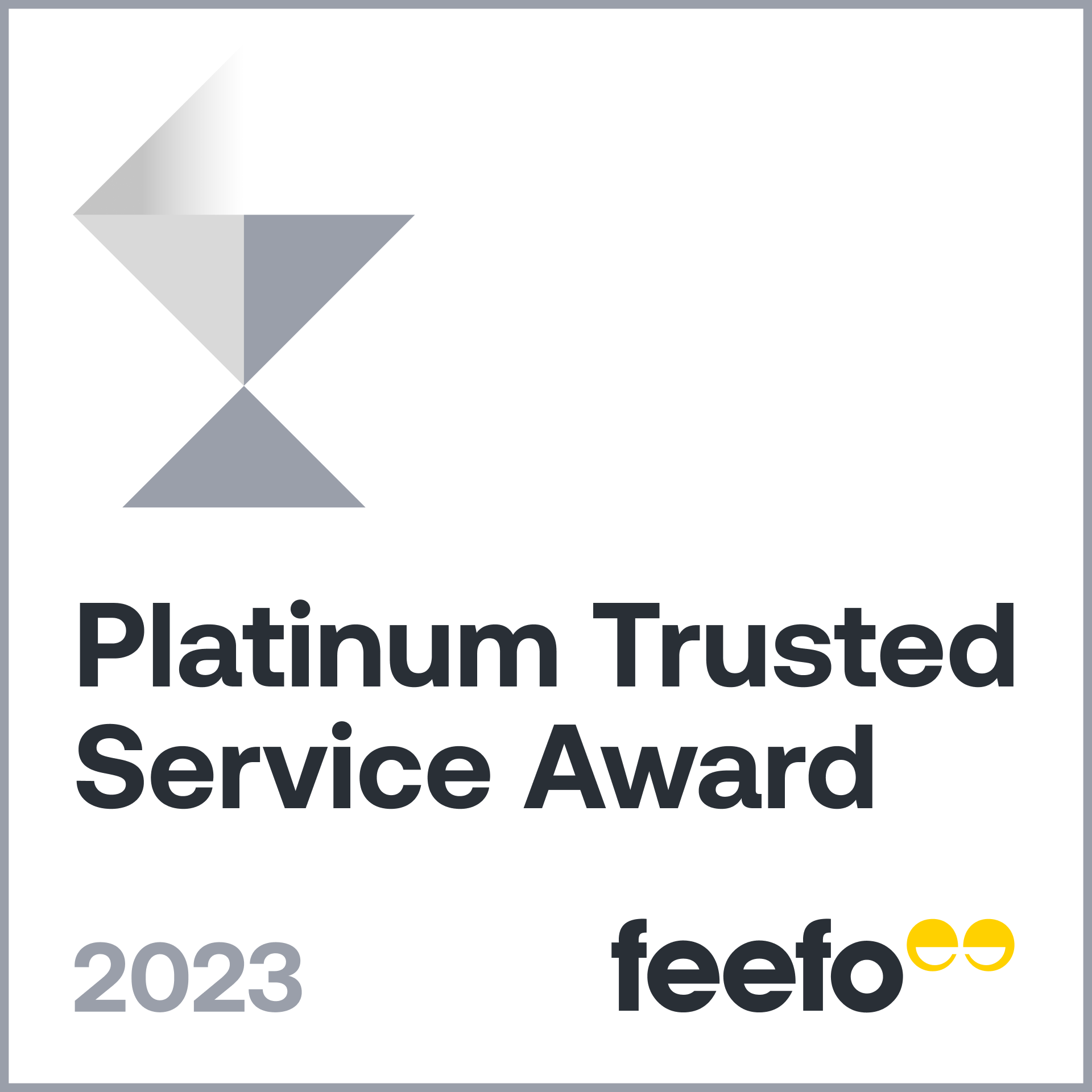If you are looking to build up a portfolio of properties in which to invest, one of the first and most critical questions is likely to turn on the question of how to finance your portfolio purchase.
General principles
Investment in property is akin to any other business initiative – the prospects of a positive yield from the investment made in terms of the income generated, in this case from your receipt of rental income.
Any capital appreciation in the value of the assets employed – in this case the anticipated increase in the value of the property portfolio when it is eventually put on the market for sale.
Finance is raised for such purchases either by seeking a loan from an interested party, who is then likely to take a charge on the property bought, or from investors who look forward to a share in the profits of your property portfolio.
How does this work in practice?
Buy to let mortgages
Probably the most common way of raising finance for the purchase of any property is through a mortgage – a lender advances a percentage of the funds necessary for the purchase, whilst using the property or properties themselves as security against repayment of the loan.
It is important to remember that in the case of a property portfolio – bought for the purpose of raising income from rents and the re-sale of the assets – the venture is entirely business oriented.
The mortgages raised in this way are focussed on the anticipated success of the business and this marks them out from the mortgages raised by prospective owner occupiers who are looking for somewhere to live.
This essential difference between a buy to let mortgage and a residential mortgage for the owner occupier is spelt out in further detail by the Council of Mortgage Lenders (CML).
The CML explains that mortgages for property portfolios are advanced on the basis of the estimated affordability of the loan in terms of rental yields from the business; residential mortgages for home buyers are advanced on the basis of the purchaser’s ability to repay the loan – typically from the income earned in their line of employment.
A property investment portfolio is expected to be sold at some date in the future, so buy to let mortgages are nearly always interest only mortgages, with the capital repaid on the eventual sale of the properties concerned.
Furthermore, a mortgage advanced for the prospective owner occupier is one for the very home in which they plan to live. For this reason, mortgages for home buyers are rigorously protected and regulated by the Financial Conduct Authority (FCA) in a way that buy to let mortgages are not. On the 16th of September 2015, the FCA published a paper detailing their approach to the legislative frame work relating to “consumer buy-to-let” (CBTL) mortgages which comes into effect from the 21st of March 2016.
Bank loans
Traditionally, banks have been one of the principal sources of funds for any aspiring business.
When advancing a business loan, the bank has also weighed up the potential success of the proposed venture in terms of the yield on the assets employed. In the case of a property portfolio, of course, this is measured by the anticipated rental yield and the expected appreciation in the market value of the properties concerned.
Any loan advanced by a bank in this way is almost certain to result in the lender taking a charge on the assets purchased, by way of security against the repayment of the loan. That charge is effectively a mortgage on the property and the type of mortgage advanced for such a business venture is a buy to let mortgage.
In other words, banks are also in the business of providing buy to let mortgages – although events since the financial crisis of 2008 may have curbed banks’ interest and enthusiasm for such activity.
Remortgaging
Landlords with existing properties that have equity in them may decide to remortgage their buy to let property to release some of that equity which can then be put towards a new investment.
Angel investors, venture capital
It might be possible to raise funding for the purchase of your property portfolio from angel investors or venture capitalists – the British Private Equity and Venture Capital Association (BVCA) outlines the principal activities of such investors.
From sources such as this you might expect to attract investments rather than loans or mortgages.
Once again, however, any investment is going to be made only on the expectation of a positive rental yield from the purchase of a property portfolio which also appreciates in capital value over a given number of years.
The difference with such an investment, however, is that those funding the business may be looking to a return on their investment – a share in the success of the business – rather than securing any loan against the business assets.
In summary, there are many different avenues for you to explore if you are looking to finance your property portfolio. The option you choose may depend on a number of things including your attitude to risk, any equity you have in existing properties, your ability to get the finance, and your future plans. Therefore, seeking independent financial advice may be the next step to ensure you choose the most appropriate finance solution.







